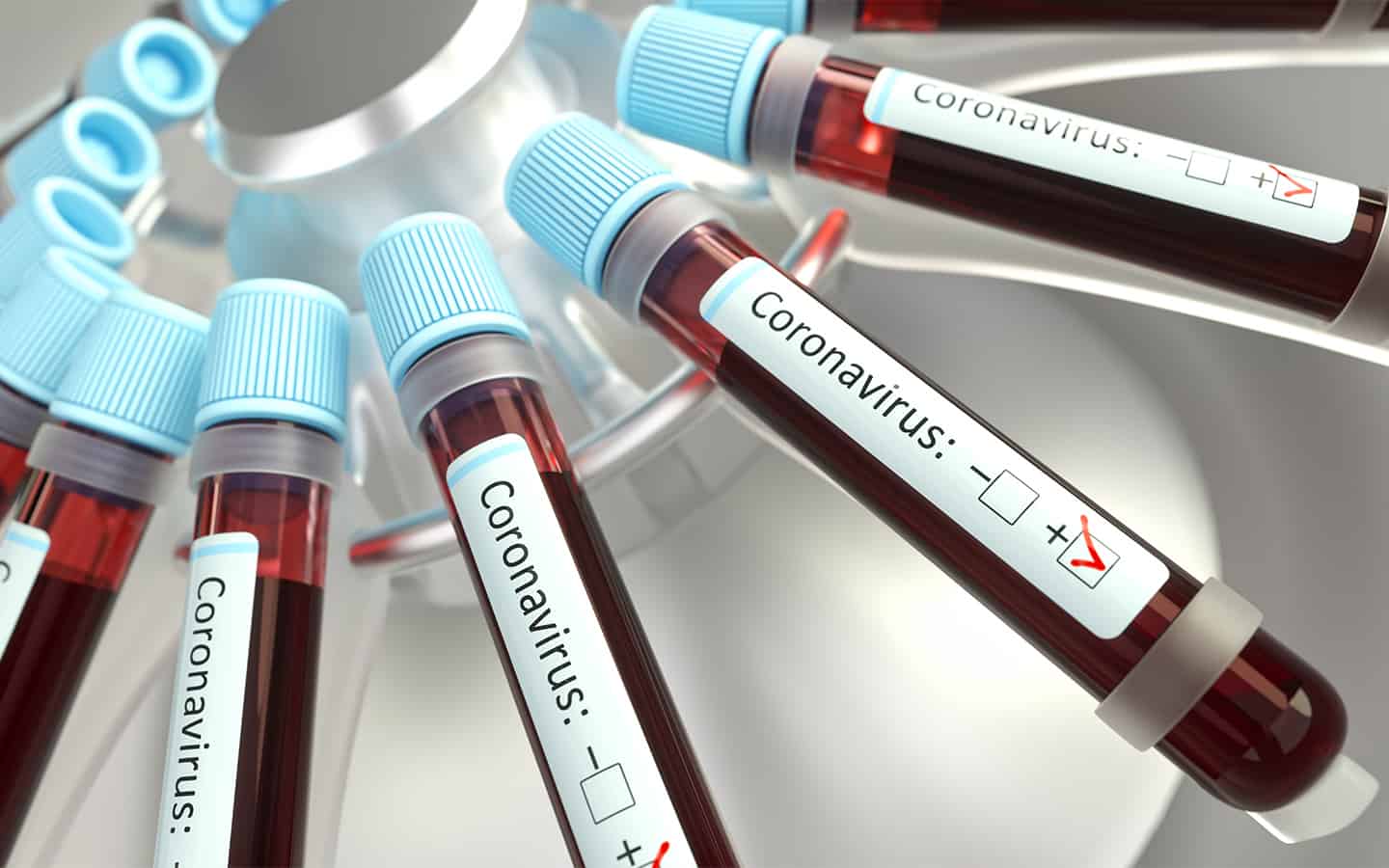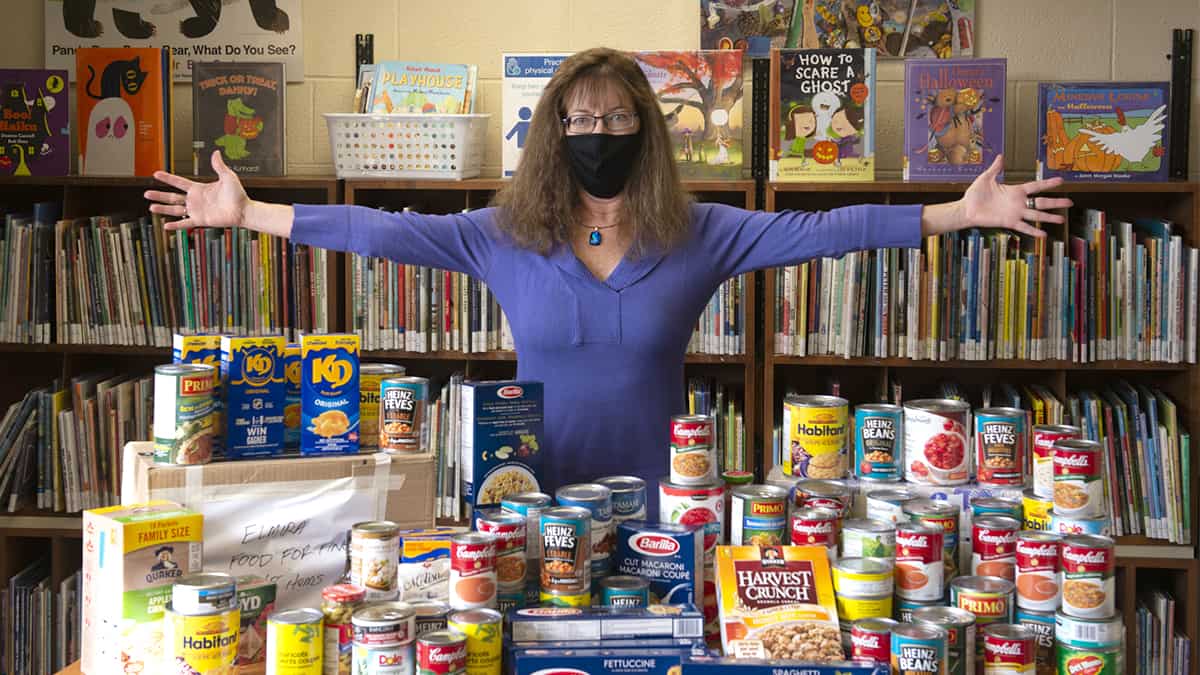Still experiencing new cases of COVID-19 at levels well above mid-summer numbers, Waterloo Region is nonetheless seeing rates at half the level of provincial averages.
New cases are being reported at a rate of 17 per 100,000 residents in the region, whereas the corresponding Ontario-wide number is 37.
The region did, however, move past the 2,000-case mark for cumulative incidences of the disease since the pandemic first began. At midweek, there were 94 active cases, and 10 locations experiencing an outbreak, seven of them long-term care and retirement homes.
There was good news this week as medical officer of health Dr. Hsiu-Li Wang gave a video briefing Tuesday: the seven-day average of testing results put positivity rates at between one and 1.2 per cent.
“This is another indication that infection rates have not continued to accelerate in our community at this time. This is largely due to the efforts of our residents in Waterloo Region, for which I’m grateful,” said Wang, who was joined by St. Mary’s General Hospital president Lee Fairclough providing an update on testing in the region.
“Today we target more than 50,000 tests a day in the province. That translates to about 2,500 per day in the Waterloo-Wellington region, and, of course, the Region of Waterloo itself is a big part of that,” said Fairclough.
“We’ve learned a lot about the virus over that time and, as a result, we’ve seen changes in some of the testing expectations. But we’ve also learned that testing is not just about giving access to a test, to a place where we can take the test. But actually, how do we route that through a lab? How do we ensure that we get timely results, and how do we make sure that those results are accessible to those that need them, either through public health through family physicians and other providers and of course, directly to the individuals that are being tested? So, it really has been a tremendous response,” she added of the evolving approach, noting the journey has been “bumpy.”
Responding to a question about the region’s online dashboard of statistics about COVID-19, including maps that show few numbers in areas such as Wellesley village and St. Jacobs, regional Chair Karen Redman said the best approach is one long outlined by public health officials.
“One of the messaging points that Dr. Wang has been making for a long time… was to say to everyone to assume the threat exists everywhere. Very few people live, work and never go outside of their corner of the region. So, we have cases where people who live in townships who work elsewhere have actually tested positive because they work in other townships or other counties. So, it is fluid, and people just need to recognize that there is a clear and present danger within the community in every corner,” said Redman. “That doesn’t make your job easier when they’re not showing up on the dashboard, but that really has been consistent messaging throughout this entire pandemic.”
The region has made changes to its dashboard, refreshing the information daily at 1:30 p.m. instead of 10:30 a.m., and will contain data from up to midnight of the previous day. The move is in line with the new provincial case and contact data system, she said.
The latest numbers show there have been a cumulative total of 2,005 cases of COVID-19 in the region, 1,791 (89 per cent) of which have been deemed resolved. The number of fatalities, 120, has remained unchanged for several weeks.
In Neighbouring Wellington-Dufferin-Guelph, there were 46 active cases at midweek. That catchment area’s cumulative total was 784, of which 701 (89.4 per cent) have been resolved.
The province is still dealing with a spike as the total number jumped more than 5,000 to 65,896 in the past seven days. There have been 3,053 deaths attributed to the virus – 36 additional fatalities in a week – representing a mortality rate of 4.6 per cent. The ministry reports 56,606 cases (85.9 per cent) have been resolved.
The latest numbers from Health Canada show 22,151 active cases, bringing the total to 203,688 confirmed cases of COVID-19 nationwide, a spike of some 16,000 in the past week, with 9,794 related deaths, a mortality rate of 4.8 per cent.









